According to information from the Department of Agriculture and Forestry (Department of Agriculture and Environment), at present, a number of pests are emerging on spring rice. Leaf blast disease appears at a level equivalent to the same time as recent spring crops. The disease appears to cause severe damage to heavily susceptible rice varieties, such as: TBR 225, J02, Nep, Ai 32, Nhi Uu 838...; densely planted areas; areas of good green rice... The disease is damaging some rice areas in Thanh Liem, Binh Luc districts and Kim Bang town. The average rate of disease is scattered, in some places it is 3-5% of the leaves, locally it is more than 10% of the leaves. The total area with diseased spots is 40.2 hectares, the infected area is 36.2 hectares. Localities have directed people to spray to prevent 28.8 hectares and spray twice to treat 8.3 hectares. In Kim Bang town, where spring rice was planted early, leaf blast disease was detected and damaged 14.5 hectares scattered in the localities and has been prevented. Mr. Nguyen Van Hung, Deputy Director of Kim Bang Agricultural Service Center, said: Leaf blast disease has not occurred much, but this will be the source of dangerous neck blast disease at the rice heading stage, easily leading to local crop failure. The Center is actively directing and guiding localities to thoroughly prevent leaf blast disease on spring rice at present.
Along with rice blast disease, some pests are appearing on the spring rice fields of the province. In particular, rats cause damage scattered in areas near villages, mounds, etc. This is a subject that needs attention and regular measures to eliminate and limit the source of damage, especially during the rice panicle and flowering stages. Other pests that are at risk of appearing and causing damage in the coming time include: southern black-striped dwarf disease, small leaf rollers, brown planthoppers - white-backed planthoppers, brown rice blast and some other pests. According to Mr. Nguyen Hai Nam, Deputy Head of the Department of Agriculture and Forestry (Department of Agriculture and Environment), this year's weather is quite favorable for spring rice growth and development. From the beginning of the season, pests have not appeared much and have been well controlled. However, during the flowering period, concentrated from May 5 to 20, pests and diseases are very likely to appear and cause strong damage. Therefore, agricultural service centers of districts, cities, towns and agricultural service cooperatives (ASCs) need to strengthen inspection and guidance for farmers on disease prevention.
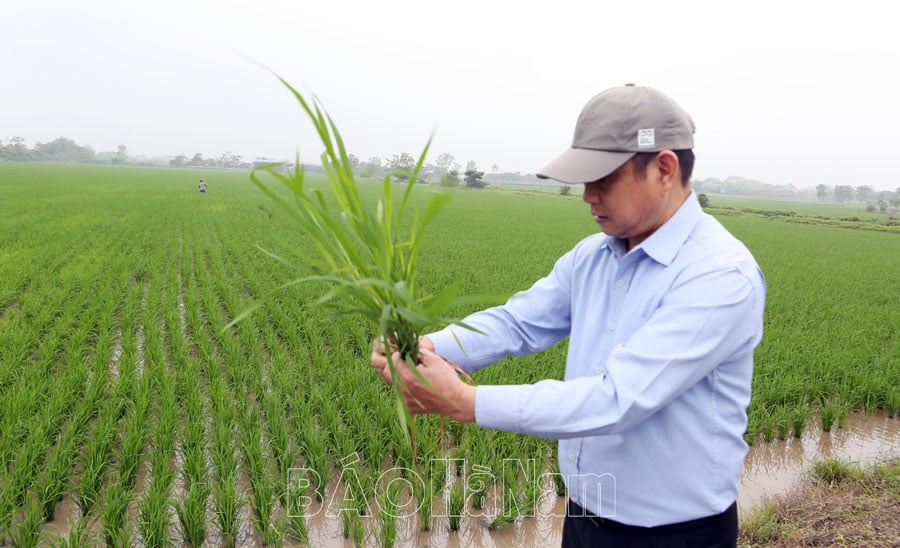
To effectively prevent pests and diseases during the growth stages of rice plants, the Department of Agriculture and Forestry has deployed preventive measures to localities according to the "4 rights" method: right time, right medicine, right dosage and spraying with the right technique. In the immediate future, focus on closely following the fields to check and detect the development of the level of occurrence and density of pests and diseases to prevent and control them promptly and effectively when the threshold is reached. For rice blast, there is a strong possibility of strong occurrence if the weather continues to be favorable for the disease to develop (cloudy weather, light rain, scattered drizzle). Therefore, localities need to pay attention to highly susceptible varieties, unbalanced fertilization areas, and areas of green rice; in spring rice fields where rice blast disease has appeared, stop applying nitrogen and potassium fertilizers, do not spray growth stimulants, foliar fertilizers and always keep enough water in the fields; Organize spraying to control areas with acute disease lesions, spraying a second time after 4-5 days if the disease continues to develop. To prevent Southern black-striped dwarf disease, it is necessary to specifically investigate the density of white-backed planthoppers, early detect rice plants with deformed symptoms, dark green leaves, twisted dwarf leaves, serrated white streaks on the edges... When detecting rice plants with disease symptoms, officers of the Agricultural Service Cooperative and grassroots plant protection officers need to immediately report to the Agricultural Service Center for inspection, verification and specific and effective prevention and control instructions... Also according to Mr. Nguyen Hai Nam, Deputy Head of the Department of Agriculture and Forestry (Department of Agriculture and Environment), the period until rice ripens is the most important time in pest control for spring rice. The work of checking and detecting pests in the fields needs to be focused on, avoiding subjectivity in prevention and control.
The weather in this year's spring rice crop is still unfavorable, creating conditions for pests to continue to arise, develop and cause damage to rice. Prevention and control work still needs attention, especially investigation, planning and forecasting. Localities continue to promote the use of remote-controlled aircraft to spray pesticides to improve prevention and control efficiency, contributing significantly to protecting spring rice, preventing productivity reduction or local crop failure due to pests and diseases.
Manh Hung
Source: https://baohanam.com.vn/kinh-te/nong-nghiep/chu-dong-phong-tru-cac-doi-tuong-dich-hai-cho-lua-xuan-156133.html


![[Photo] The parade took to the streets, walking among the arms of tens of thousands of people.](https://vstatic.vietnam.vn/vietnam/resource/IMAGE/2025/4/30/180ec64521094c87bdb5a983ff1a30a4)

![[Photo] Mass parade to celebrate 50 years of national reunification](https://vstatic.vietnam.vn/vietnam/resource/IMAGE/2025/4/30/825e459ee2f54d85b3a134cdcda46e0d)

![[Photo] Panorama of the parade celebrating the 50th anniversary of the Liberation of the South and National Reunification](https://vstatic.vietnam.vn/vietnam/resource/IMAGE/2025/4/30/affbd72e439d4362962babbf222ffb8b)
![[Photo] "King Cobra" Su-30MK2 completed its glorious mission on April 30](https://vstatic.vietnam.vn/vietnam/resource/IMAGE/2025/4/30/5724b5c99b7a40db81aa7c418523defe)
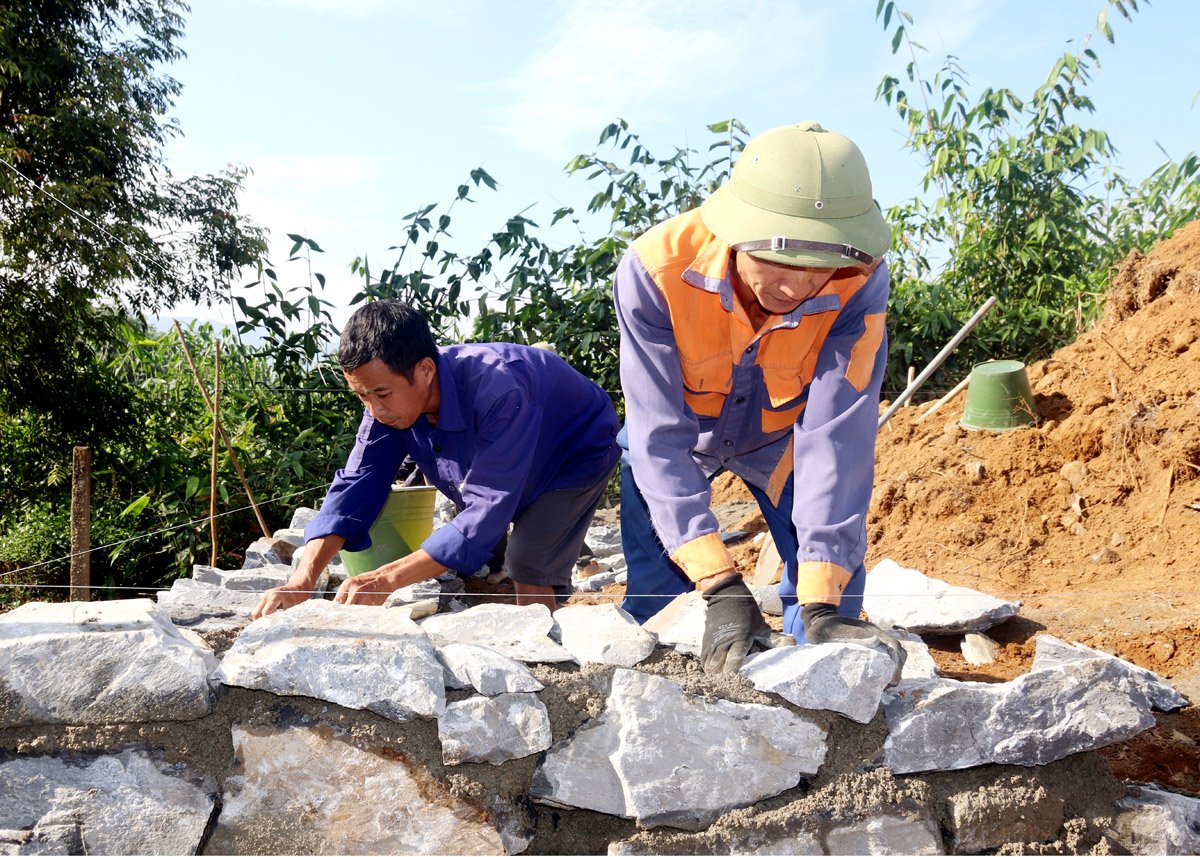

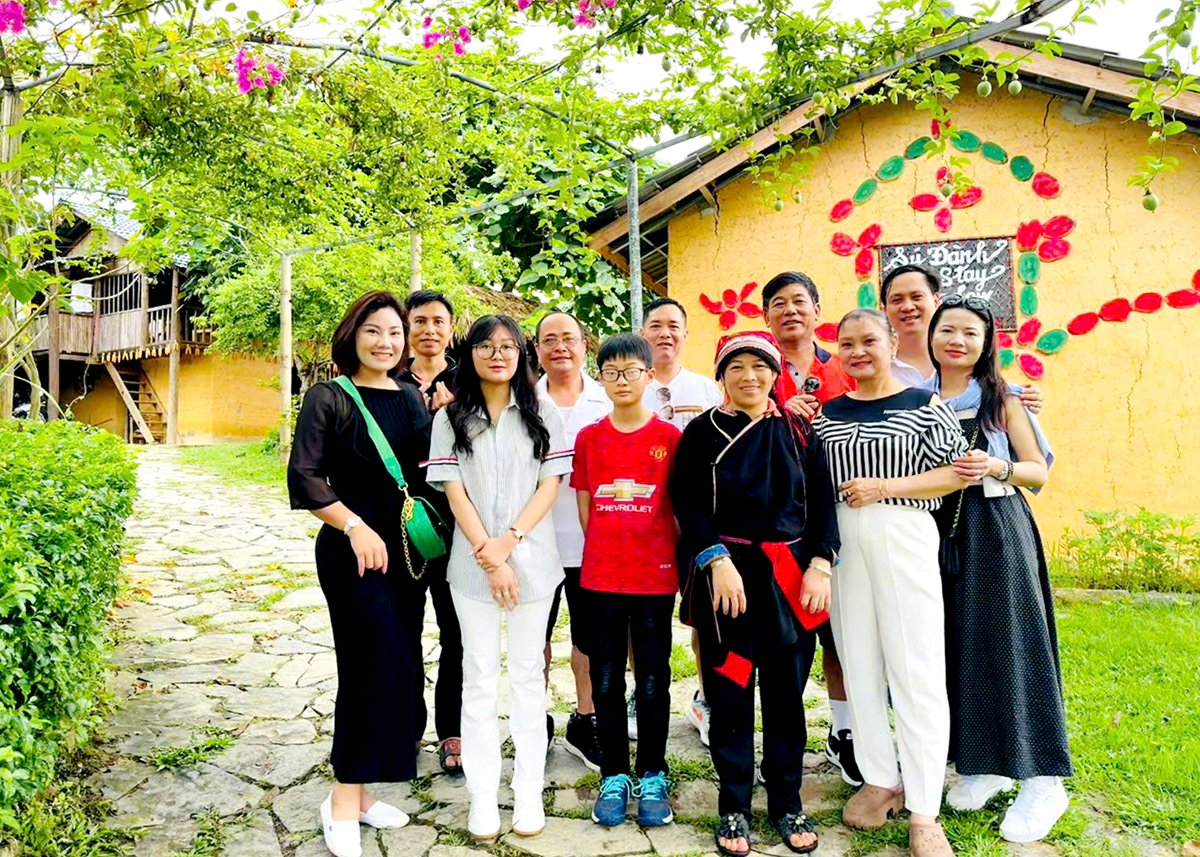









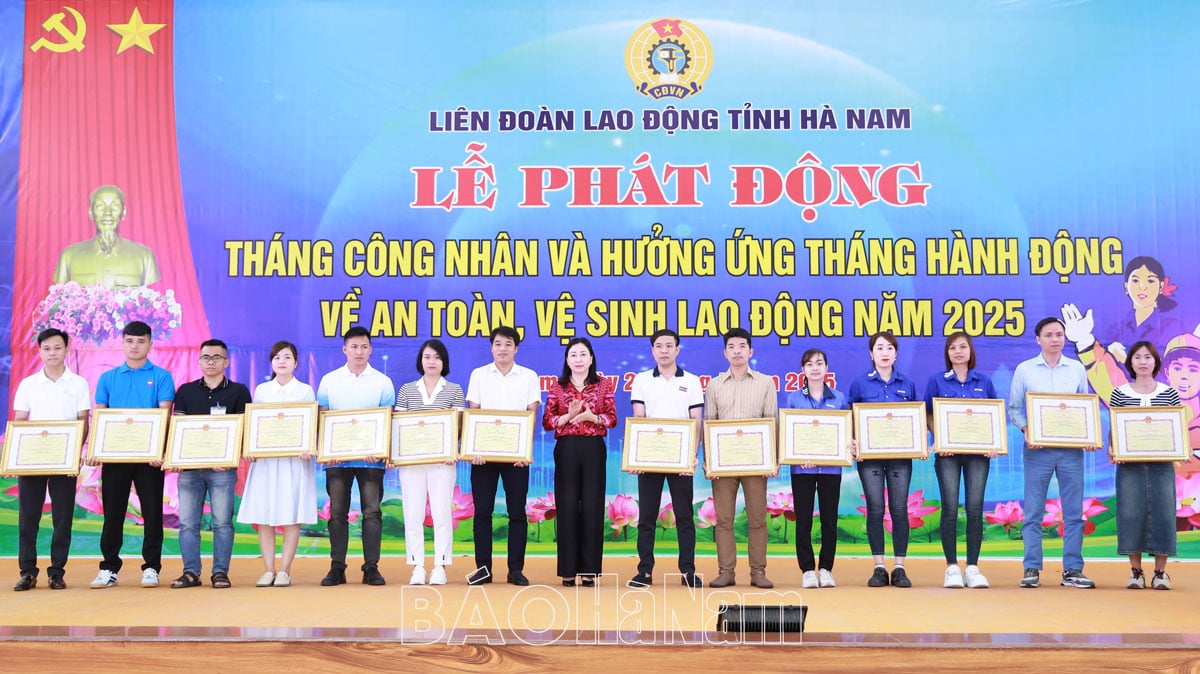






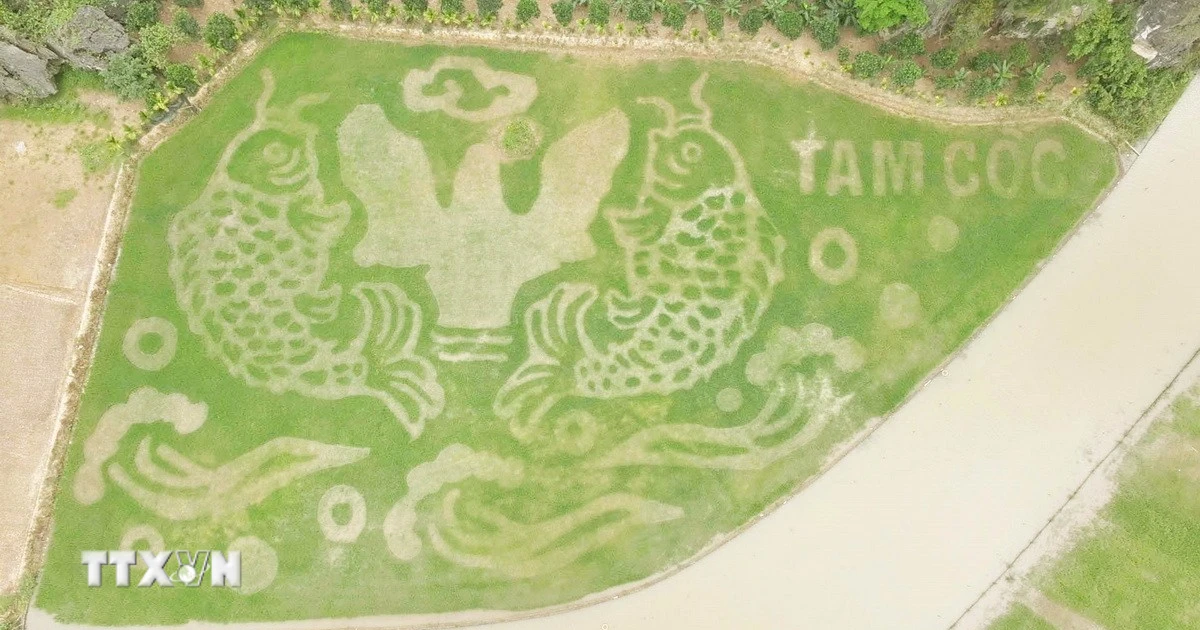



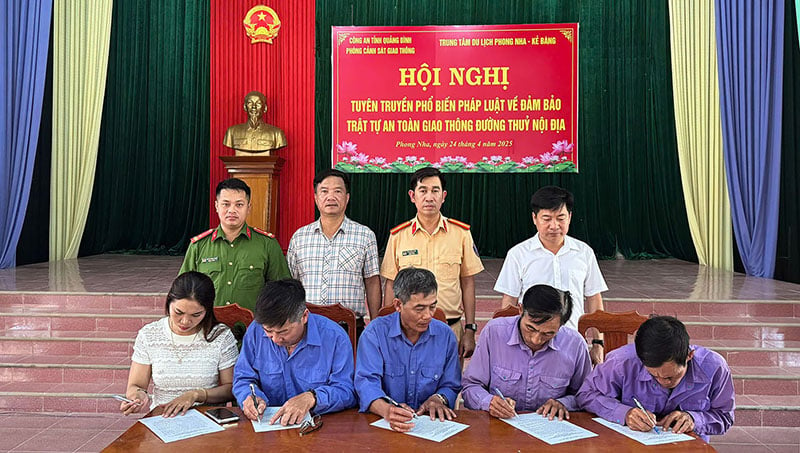

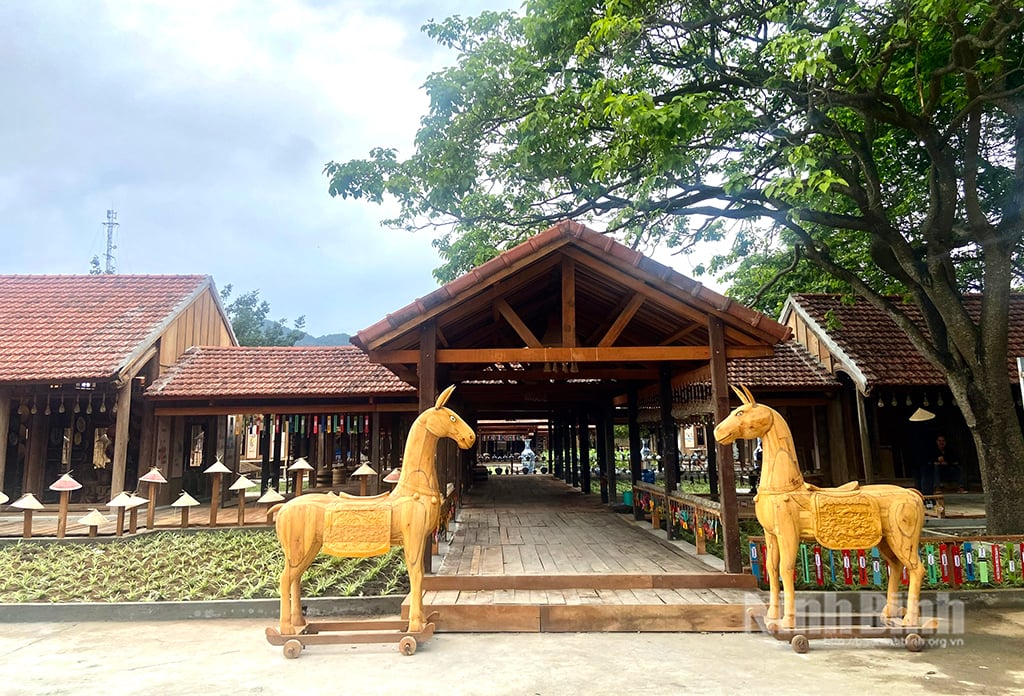






































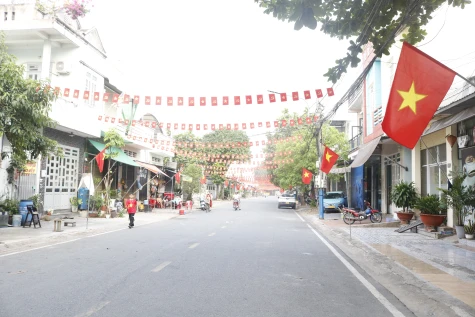

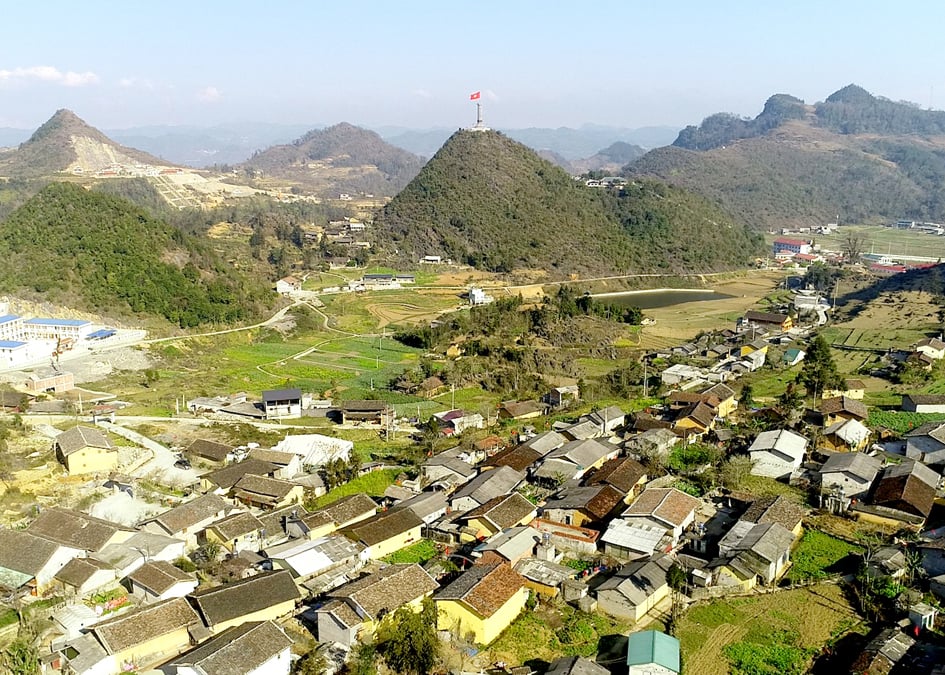












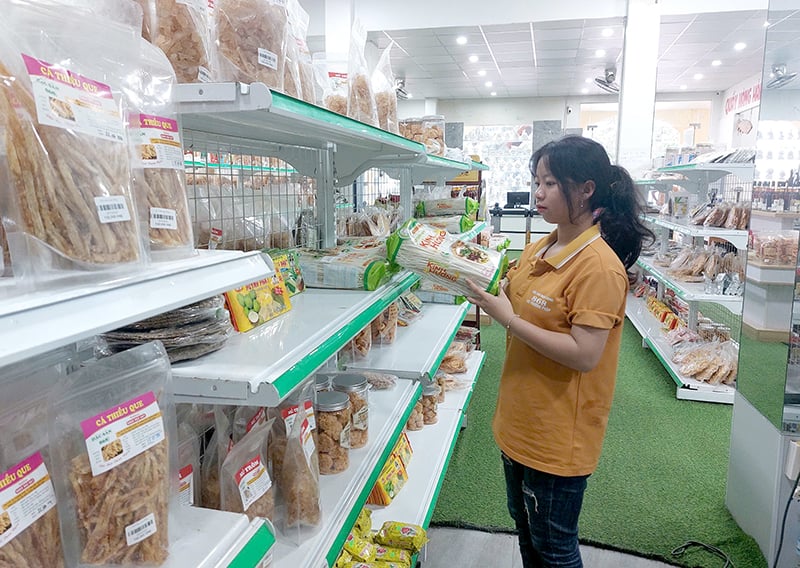
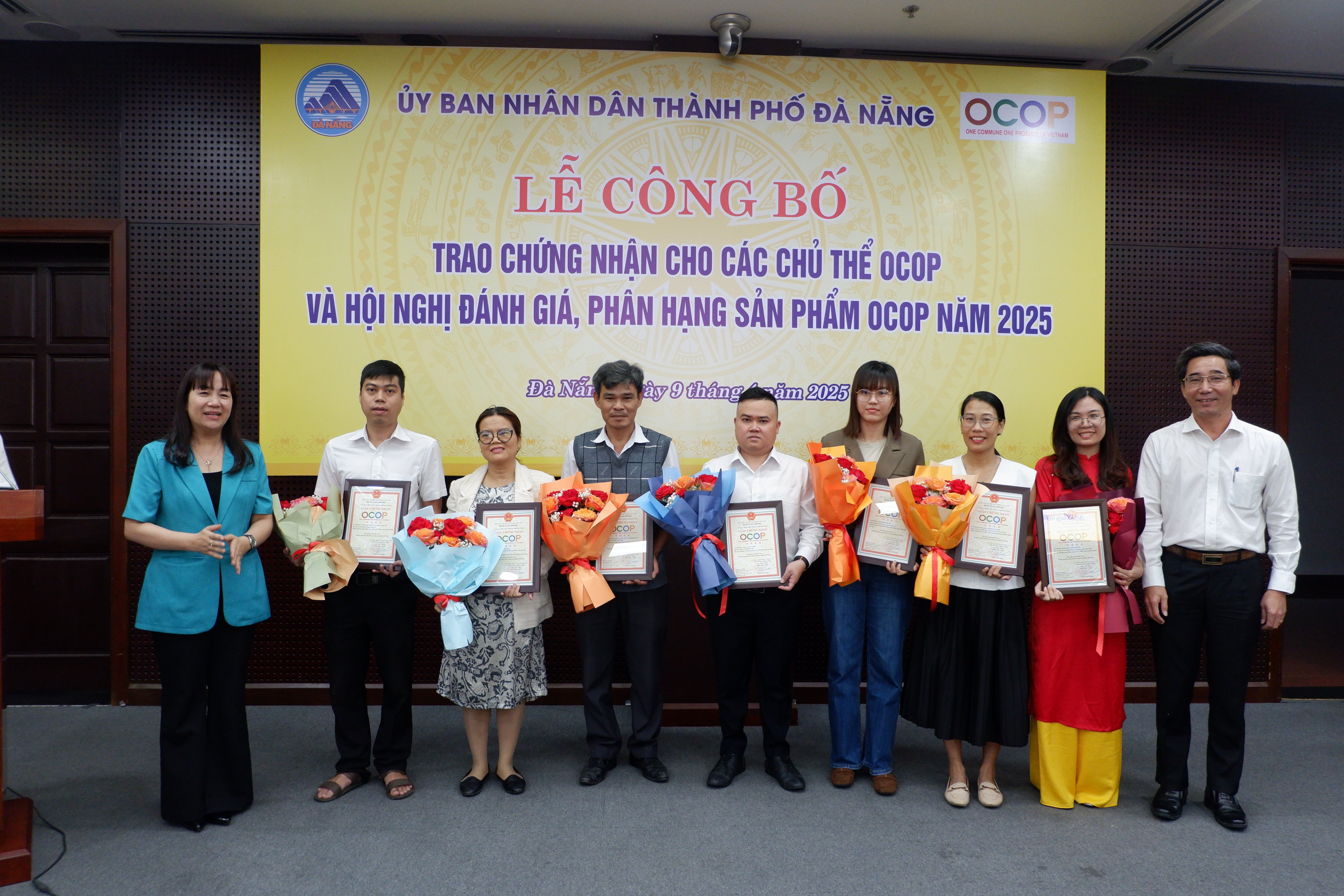

Comment (0)